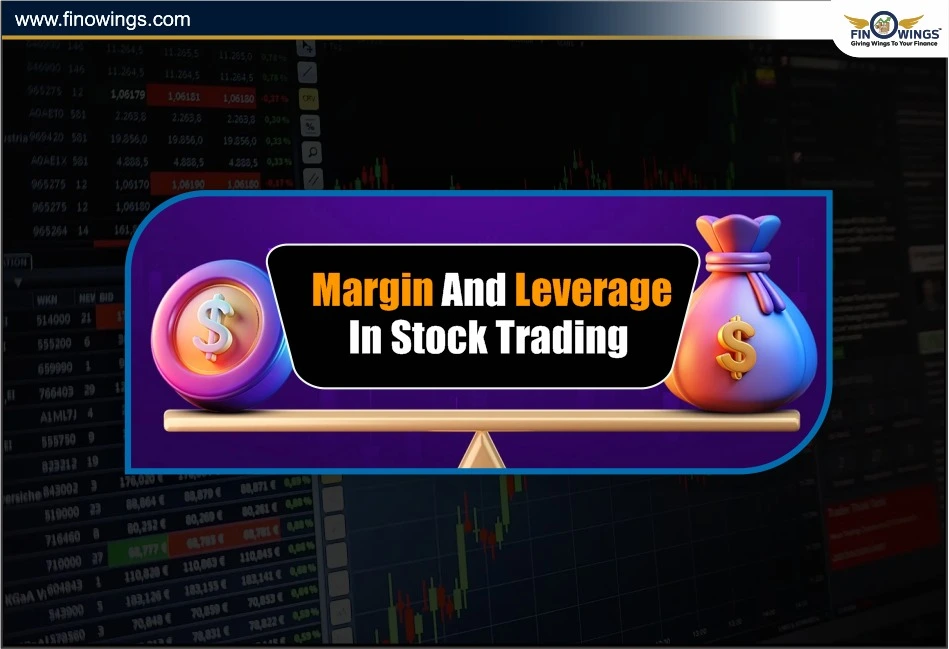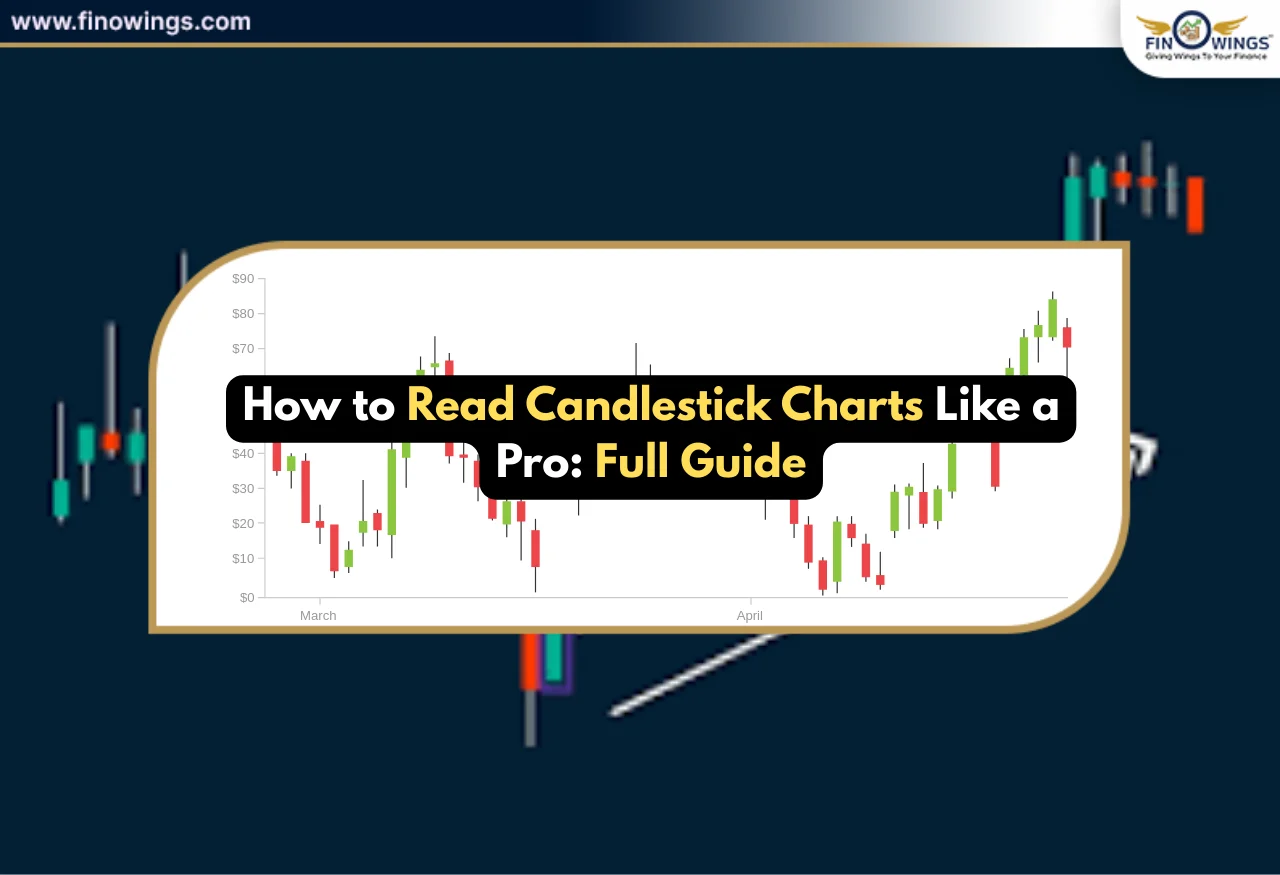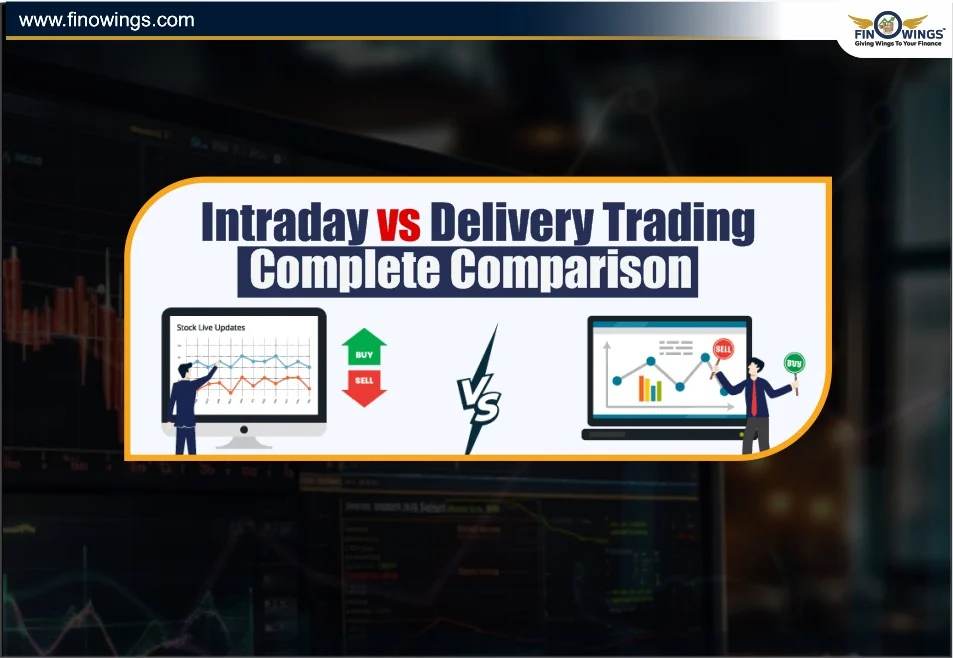Home >> Blog >> Margin and Leverage in Stock Trading
Margin and Leverage in Stock Trading

Table of Contents
- Introduction
- What is Margin in Stock Trading?
- How Does Margin Trading Work in India?
- Types of Margins in Stocks
- What is Leverage in Stocks?
- SEBI Stock Margin Requirements in India
- How Are Margins Calculated?
- Understanding margin in futures trading
- Types of Futures Margins
- Margin and Leverage: Differences
- Benefits of Margin and Leverage in Trading
- Conclusion
Introduction
What about trading on stock markets? Then to you, the terms ”margin” and ”leverage” are as important as anything in the intraday trading of the Equity & Bank Nifty as well as participating in the FNO markets and even doing long-term investing.
In very short, of the two, margin trading lets you buy more shares than the cash you possess because you’ve access to a loan. What trade you take from the broker is called the leverage.
What follows in the guide, I will discuss the margins in stocks, the metals stock trading, how leverage works in stocks, calculating future margins and using them in stock trading in India.
What is Margin in Stock Trading?
A margin here is the cash a trader is required to keep with his/her broker to open a particular leverage position.
In simpler terms, it can be described as follows.
Margin = Your contribution (equity) that you may borrow from the broker to take a bigger position.
In the end, the term margins in stocks pertains to the cash `deposited` with your broker. Whenever a trade is to be opened, the broker must.
Example of Margin
Take, for instance, a trading account with a balance of Rs. 10,000.
Your broker gives you 5x leverage on equity intraday trades.
As a result, you can buy Rs. 50,000 worth of stocks (Rs. 10,000 5).
In this case, your margin is Rs. 10,000, the rest Rs. 40,000 your broker lends you, which is your leverage.
If the stock goes up, the growth in profits is higher. If it goes down, the loss is greater. Hence, this is why margin trading has to be done with caution.
How Does Margin Trading Work in India?
Stock trading in India is governed under the SEBI Margin Trading Framework (MTF) and considered the main trading margins of this set. Within this framework, the broker lends money to a buyer of stock to purchase it and receives a margin. Margins can be settled in Cash, approved stocks (as collateral) and Both.
This arrangement serves as a protection and balance for both trading sides in the relationship.
Types of Margins in Stocks
1. Intraday Margin- is the one used to buy or sell shares in 1 or less than 1 trading day.
Example: You buy a Tata Motors stock worth Rs. 1 lac and spend Rs. 20,000 as a margin. You need to ensure this position is closed before the market closes.
2. Delivery Margin (MTF)- defines how much an investor can use to make payments on shares that are to be bought.
Example: You invest Rs. 30,000 and under the Margin Trading Facility (MTF) the broker gives you Rs. 70,000. Regardless of how long you decide to hold the shares, you need to make sure that the daily margins are met.
What is Leverage in Stocks?
Leverage is the use of borrowed capital to increase one’s ability to buy or sell.
Leverage = Total Position Value ÷ Your Margin
Example:
For instance, you have an account balance of Rs. 20,000 and the broker offers you 5x leverage which means you can purchase a stock worth Rs. 1,00,000. Even though you are betting Rs. 1,00,000, you are only using Rs. 20,000 of your own money.
Impact Using Leverage:
|
Scenario |
Without Leverage |
With 5x Leverage |
|
Capital Invested |
₹20,000 |
₹20,000 |
|
Value of Trade |
₹20,000 |
₹1,00,000 |
|
Profit (10% gain) |
₹2,000 |
₹10,000 |
|
Loss (10% fall) |
₹2,000 |
₹10,000 |
From the above, we can see that as stock prices change, so does the risk and return. It is important to control leverage, since doing so will maximise either loss or gain.
SEBI Stock Margin Requirements in India
SEBI has taken additional steps, determined to support the traders and implement rules to change the risk in trading margins.
Margin Component Breakdown: SPAN Margin, Exposure Margin, Total Margin, and More
|
Margin Component |
Description |
|
SPAN Margin |
Covers possible losses due to price movement (mainly for derivatives). |
|
Exposure Margin |
An additional buffer collected by brokers. |
|
Total Margin |
SPAN + Exposure margin. |
|
Upfront Collection Rule |
100% margin must be collected before executing a trade. |
|
Intraday Leverage Limit |
Brokers can offer up to 5x leverage maximum for intraday. |
This rule enables brokers to function with a reasonable amount of protection.
How Are Margins Calculated?
Margins are calculated based on:
-
The type of trade (Equity, F&O, Commodity, etc.)
-
The volatility of the stock
-
The risk policy of the broker.
Understanding margin in futures trading
In futures contracts, like most contracts in trading, you do not pay the full value amount. Rather, you pay what’s called the 'initial margin', which is normally in the region of 10-15% of the total value of the contract.
This is the point where the concept of futures margins starts to make sense.
Example:
Take, for example, the Nifty Futures, which is currently trading at 25,000.
One lot may comprise 50 units.
This means the total contract value is 12,50,000.
If the margin required is 12%, you will have to pay 150,000 in order to have full control of the 12.5 lac contract.
This is the power of leverage in stocks through futures. Being able to control large contracts with smaller capital.
Types of Futures Margins
Initial Margin- This is the amount that is collected to open the position.
Maintenance Margin- This is the minimum amount of funds any trader must have in order to keep the position open.
Mark-to-Market (MTM) Margin- Daily profit/loss adjustments to your margin account in response to price fluctuations are known as mark-to-market (MTM) margins.
Additional Margin- This is the amount that may be required as security during times of high volatility.
Having a proper understanding of futures margins helps traders stay clear of forced liquidations and margin calls.
Margin and Leverage: Differences
|
Basis |
Margin |
Leverage |
|
Definition |
The capital you deposit for a trade |
Multiple of exposures over the margin |
|
Purpose |
Acts as security for the broker |
Amplifies position size |
|
Example |
₹20,000 margin for ₹1 lac trade |
5x leverage |
|
Risk |
Limited to your investment |
Magnified risk if trade fails |
|
Control |
Trader deposits margin |
A broker provides leverage |
They are both part of a set- margin is your stake and leverage is the stretch.
Risks Incurred in Margin and Leverage
While margin trading can bring in a lot of profits, it can also result in significant negative consequences.
Common Risks
-
The potential to lose a substantial amount of money just from small fluctuations in price.
-
If the maintenance margin requirement is too low, a position might have to be liquidated.
-
Placing too many trades all at once.
-
The overuse of leverage can lead to stressed, reactive actions, pushing the trader over the edge.
-
Whenever possible, avoid using leverage unless you are well educated on the potential impacts it can have on your capital and risk.
Smart Strategies to Use Margin Wisely
-
Minimal amounts are recommended. Don’t spend all of your capital on one trade.
-
Establish your downside stop-loss limits.
-
You should be using full leverage over margins in stocks on one stock, split over 2–3 trades.
-
Monitor fluctuating volatility margins to avoid margin calls.
-
Prolonged trades for intraday should be completed before the market closes unless you have a very strong conviction.
-
It is essential to note that all brokers- Zerodha, Upstox, Angel One, and others- have unique margin policies applicable to stock trading in India, and these should be understood in detail.
Benefits of Margin and Leverage in Trading
|
Advantage |
Explanation |
|
Increased Buying Power |
Control larger positions with less capital. |
|
Opportunity Utilization |
Capture short-term market moves. |
|
Short-Selling Option |
Profit from falling markets. |
|
Diversification |
By investing in India in multiple stocks using limited funds. |
|
Enhanced Returns |
Multiply gains in trending markets. |
Example: How Leverage Can Impact Returns
|
Scenario |
Without Leverage |
With 5x Leverage |
|
Investment |
₹1,00,000 |
₹1,00,000 margin controlling ₹5,00,000 |
|
Stock Price Rises by 5% |
₹5,000 profit |
₹25,000 profit |
|
Stock Price Falls by 5% |
₹5,000 loss |
₹25,000 loss |
Margin in Stock Trading India: Broker Comparison (2025)
|
Broker |
Equity Intraday Leverage |
F&O Margin |
Delivery Margin (MTF) |
|
Zerodha |
Up to 5x |
As per SPAN |
Up to 50% funding |
|
Upstox |
Up to 5x |
As per SPAN |
Up to 50% funding |
|
Angel One |
5x |
As per SPAN |
Up to 50% funding |
|
ICICI Direct |
3x - 5x |
As per SPAN |
Up to 50% funding |
(Note: Restrictions apply to leverage depending on the stock and regulatory environment.)
Conclusion
Margins and leverage are vital components of modern stock trading in India – providing agility, expansion, and increased profit opportunities. They entail knowledge, restraint, and emotional governance, nonetheless. Best practice is to regard leverage as a gift, not as a way to wealth. Always comply with SEBI’s margin regulations and refrain from over-trading.
When employed appropriately, margin trading can improve your flexibility in taking advantage of market openings. When employed inappropriately, it can destroy your capital. “Leverage in the market is like fire. It can cook your meal or it can burn your house.” Don't lose control. Smartly do your trading."
DISCLAIMER: This blog is NOT any buy or sell recommendation. No investment or trading advice is given. The content is purely for educational and information purposes only. Always consult your eligible financial advisor for investment-related decisions.
Author
Frequently Asked Questions
Margin in stock trading is the amount of money a trader deposits with a broker to open a position . In India , under the SEBI Margin Trading Framework (MTF), brokers allow traders to buy stocks worth more than their cash balance using this margin . For example, if you have ₹10,000 and your broker provides 5x leverage, you can control stocks worth ₹50,000 . Margins act as security for the broker while allowing traders to increase buying power .
Margin is the capital you put into a trade , while leverage is the multiplier that lets you control a larger position with that margin . For instance , a ₹ 20,000 margin with 5x leverage lets you trade ₹1,00,000 worth of stocks . While margin is your own stake, leverage amplifies both potential profits and losses .
There are mainly two types :
Intraday Margin : Used for trades opened and closed on the same day . Brokers can provide up to 5x leverage.
Delivery Margin (MTF) : Used to buy stocks for holding beyond one day . Brokers lend additional funds, and daily margin requirements must be met .
Additionally , for futures and derivatives, margins include Initial Margin, Maintenance Margin, Mark-to-Market Margin (MTM) , and Additional Margin to cover price fluctuations .
Leverage magnifies both profits and losses . Small price movements can lead to large gains but can also wipe out your capital quickly. Overusing leverage increases the risk of margin calls or forced liquidation of positions. Traders must use leverage cautiously , set stop-loss limits, and avoid placing too many leveraged trades simultaneously .
Margins are calculated based on the type of trade ( Equity, F&O, Commodities ), the volatility of the asset, and the broker’s risk policy . For futures, only a percentage (usually 10–15%) of the total contract value is required as initial margin . Brokers also calculate SPAN and Exposure margins for derivatives. Proper calculation helps prevent margin calls and protects your trading capital .




















